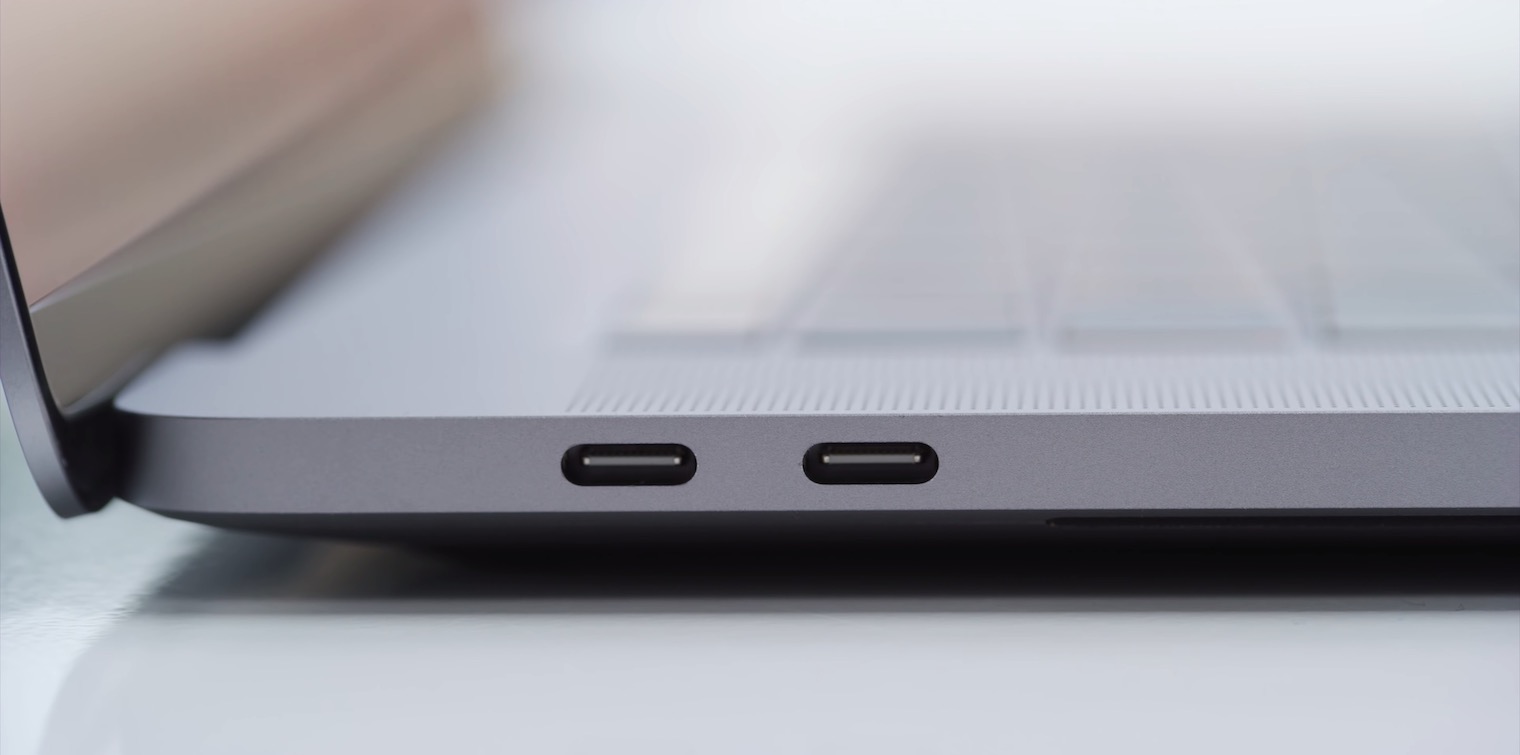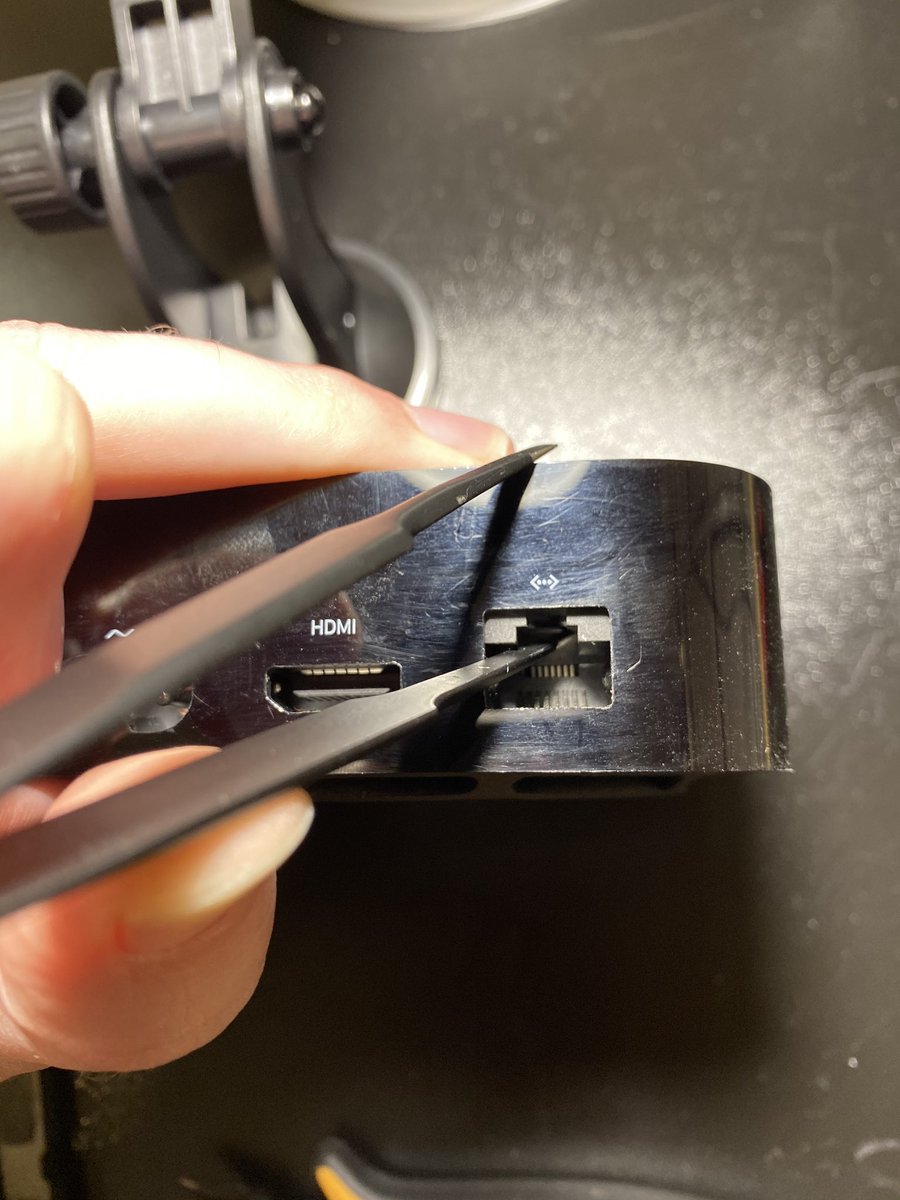You probably noticed Friday's vote of the European Parliament on a kind of standardization of charging electronic devices. The vote was on "common charger for mobile radio equipment", which translates as a universal charging solution for portable radio equipment. This head-scratching nomenclature properly shows what the problem with such a resolution is, but more on that in a moment.
It could be interest you

In connection with the vote, hundreds of articles appeared on the web about how the European Parliament gave Apple a thumbs up, and that it is a direct response to the proprietary Lightning connector. Other sites linked the vote to the goal of standardizing charging connectors in mobile phones and tablets, etc., something that has been talked about for years. However, as it gradually became apparent during the day, the situation is not as clear as it might seem at first.
A lot of news servers rewrote their articles during the day, and some of them changed them completely. There was a misinterpretation of the vote (in which the formulation of the voted conclusions by the EP also played a major role). As it turned out, the voted memorandum does not deal with the form of charging connectors in phones, tablets and other devices, but wants to unify charging connectors in chargers as such. In the name of ecology and minimizing the fragmentation of charging solutions on the market. As is often the case, such a decision brings with it a huge number of potential problems.
Standardizing anything is always a double-edged sword. The aim of the MPs was to unify the charging solution for a huge amount of electronics, but it will definitely not be that easy and in the end maybe not even practical. The USB-C connector itself, which is referred to as that "standard universal connector for everything", is actually just a generic name for something that can take many different forms. USB-C can work as a classic USB 2.0 interface, as well as USB 3.0, 3.1, Thunderbolt (of which there are also several types depending on the parameters) and many others. Different types of connector use bring with them different specifications from different values of power supply, data throughput, etc.
It could be interest you

Here, in my opinion, there is a problem caused by the fact that these things are decided by people who do not have a complete idea of what they are actually voting for. The idea of unifying connectors on chargers (or let's put it in the end and charging connectors as such) is a very complex matter that requires a thorough analysis of the available solutions, while it will be very difficult to find a truly universal solution that can be applied to the widest possible spectrum of electronics.
The second thing, which is no less important, is that standardizing anything freezes development. Nowadays, we are lucky that the USB-C connector is really good and versatile, which was definitely not the rule before. Just look at the predecessors in the form of mini-USB, micro-USB and other similar connectors, which were either designed in an unfortunate way, or simply the connector as such and the technology used did not reach the desired parameters. However, if the development of new connectors is artificially stifled in the foreseeable future, won't that be more detrimental? However proprietary and hated by many, the Lightning connector is really good. At the time of its introduction (and for many it is still true today), it was ahead of its contemporary competitors both in the quality of the connector as such and in connection parameters. While micro-USB connectors were not very durable and the connector suffered from many physical ailments (poor retention, gradual destruction of contacts), Lightning worked and still works great after many years of use.
It could be interest you

The voted memorandum means nothing in practice yet. The members of the European Parliament only indicated that something should start happening in this regard. The first concrete ideas should appear in the middle of this year, but a lot can change by then. There is no ban on the Lightning connector, and it can be expected that Apple will stick with this method of physical connection until iPhones lose their connector completely. This has been talked about more and more in recent months, and it is possible that there will actually be something to it. The removal of any form of physical connection (for user purposes) would be a terrible solution both from the point of view of ecology and from the point of view of fragmentation of connection solutions.

The ladies in the EU parliament certainly understand what a connector is.
"...Removing any form of physical connection (for user purposes) would be a terrible solution both from the point of view of ecology..." - What does the author mean? Like the fact that we charge wirelessly will be more ecological? Wireless charging has more losses than the case… and a much larger inductive charger will be needed instead of the case”…. So why is it the ultimate in terms of ecology?
The EU has launched a fight against the windmill. Because the charging connectors are canceled completely.